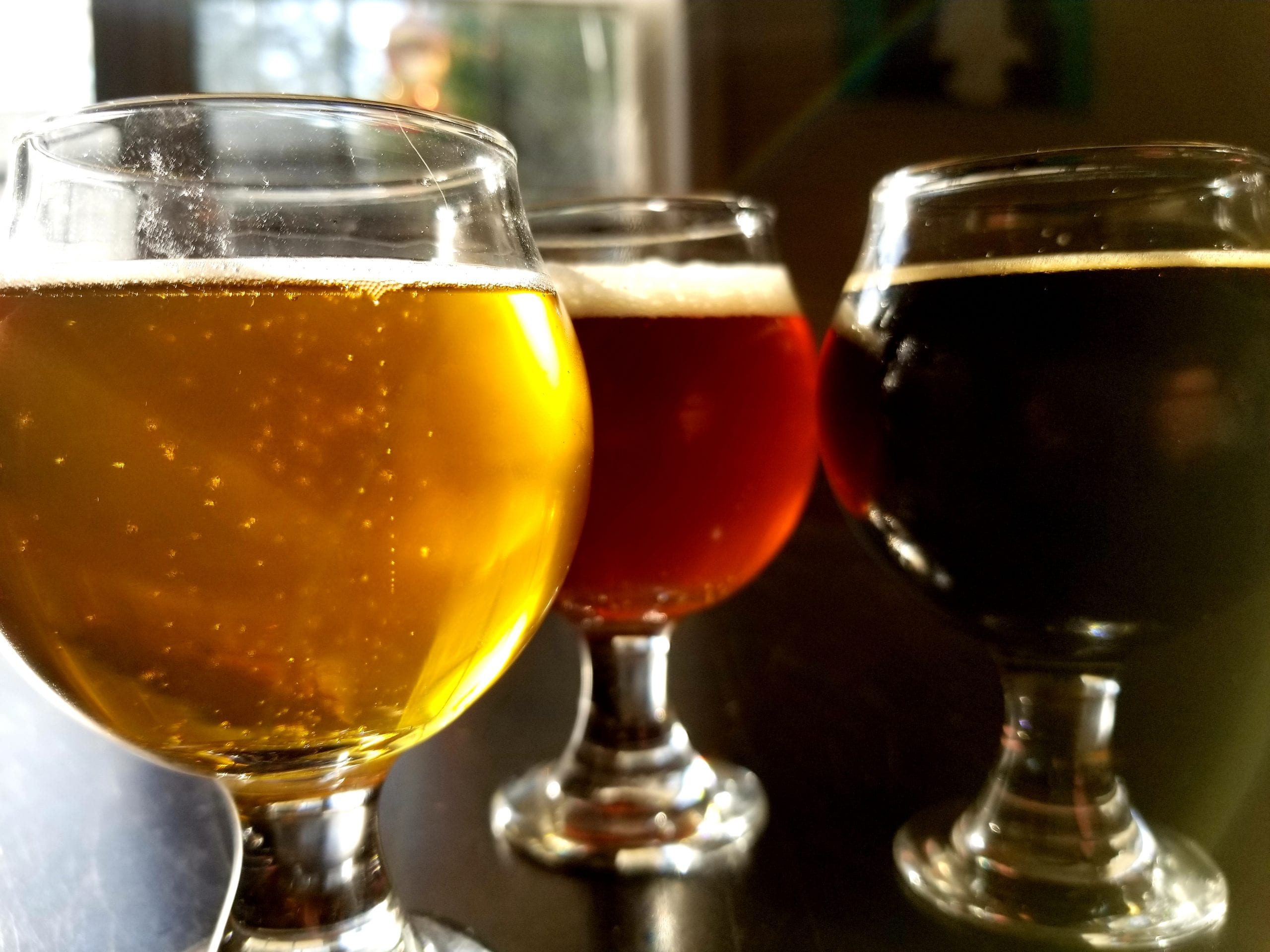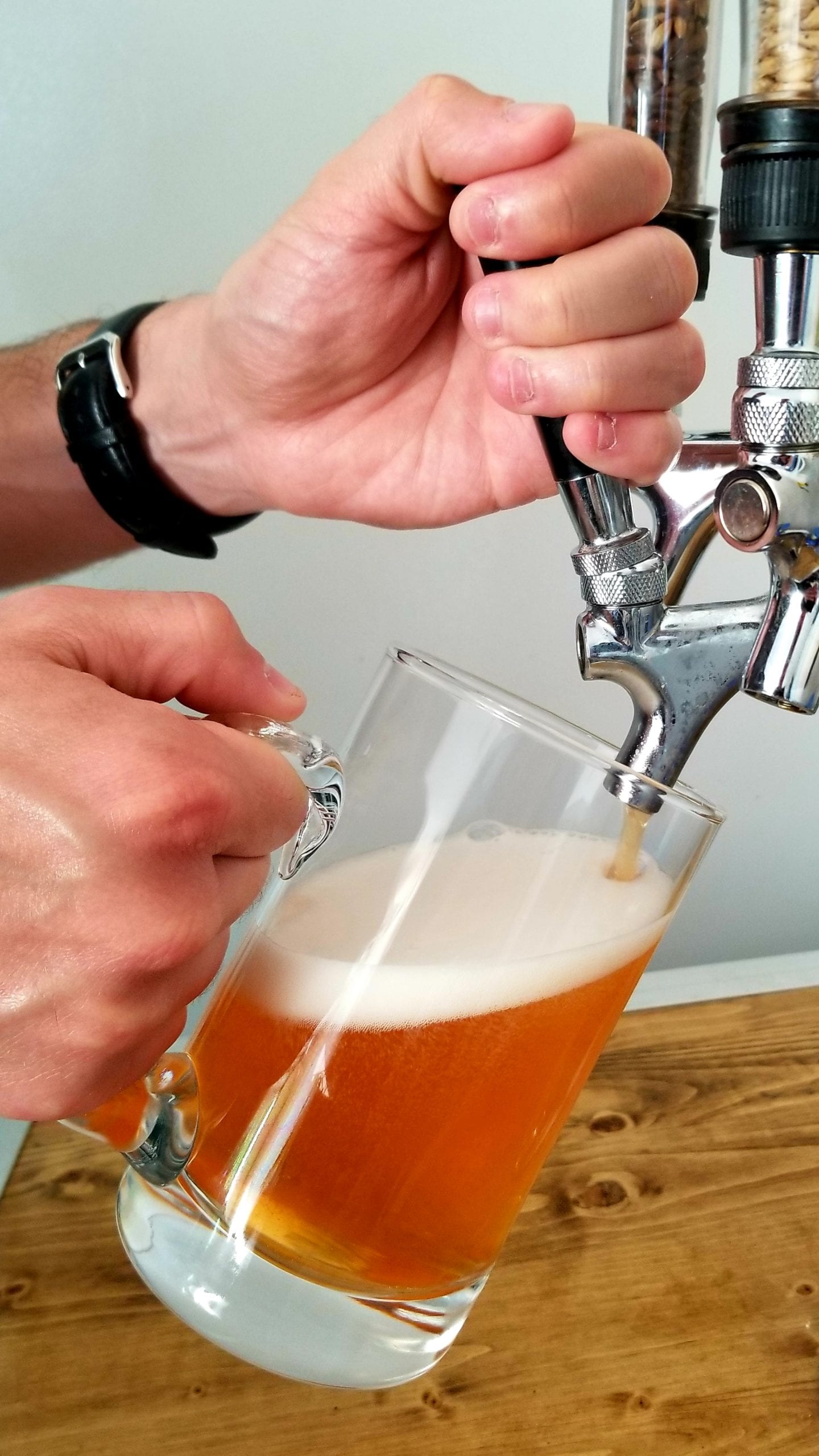Walk into nearly any bottle shop and there is a plethora of different beer styles to choose from. It can truly be a daunting task to make a choice between them. Most people just give up on trying something new and stick to what they know; pale ales, IPAs, and the occasional stout or porter.

According to the Beer Judge Certification Program, there are 123 recognized styles of beer. New ones are created nearly every day by innovative brewers around the world, but when beer first became the beverage we know today it was made up of four main ingredients: grains, hops, yeast, and water. Each of these ingredients is essential to beer making in their own way, but it is easy to argue that water is the most important of the four.
This simple ingredient is responsible for creating some of the most nuanced and arguably the most important flavors in beer. Water enhances many of the often subtle flavors found in beer such as floral, citrus, and spice notes. It can also produce off-flavors such as sulfuric (rotten eggs), salty, acidic, and even band-aid like flavors depending on what is in the water used during the brewing process.
It is not the water itself but the chemicals often found in water and the pH of the water that determines these nuanced flavors. Water is full of these compounds depending on the water source. Any water quality report will show trace amounts of calcium, sulfates, chloride, and a handful of other nutrients. None of these are harmful to humans in the quantities present in most water, but they are integral to the production of quality beer. It is because of the different chemical contents of water found throughout the world that we have the dozens of different beer styles available to us today. After experimenting with many different ingredients and styles, most brewers discovered that certain styles of beer always turned out better than others. This is why we have styles such as German Altbier, Irish Red Ale, Lichtenheiner, and Vienna Lager.The naturally hard water found in England gave rise to darker, more malt forward beer styles such as porters and stouts. While the extremely soft water found in what is now the Czech Republic gave rise to the popular bohemian pilsener style.
Modern brewers emulate the natural water chemistries of different regions to create better beer by adding these compounds to the water available to them. These additions can also make the sometimes subtle flavors of hops and other adjunct ingredients such as fruits and spices really pop with even a small addition. The most common water additions for brewing are chalk (CaCo3), calcium chloride (CaCl2*2H2O), gypsum (CaSO4*2 H2O), epsom salt (MgSO4*7 H2O), and baking soda (NaHCO3). Chalk, calcium chloride, and gypsum all add calcium to the water, increasing pH and hardening the water making it more suitable for brewing darker beers such as stouts and porters. Gypsum and epsom salt add sulfates, which accentuate hop character and can also give a

dryer mouthfeel to the finished beer. Magnesium and sodium accentuate sour and bitter flavors by lowering pH. These qualities are more sought after in lighter style beers such as pilseners, blondes, and sour beers.
Trying new beers can be intimidating at times, especially with the endless varieties available today. But without experimentation by brewers in Europe and the unique water profiles available to them, none of these styles would have come to be. Nearly every country in Europe has its own unique, historic beer style associated with it. These styles were often a result of the local brewers making the best of their ingredients.
Nowadays, most modern breweries like Terrapin, Creature Comforts, Southern Brewing, and Akademia all start with their local water and then adjust their water according to the style of beer they are brewing. This has allowed breweries from around the world to recreate these classic styles. So next time you walk into a bottle shop try reaching for a new style of beer outside your usual IPA, pale ale, or stout and try a style you've never heard of before and remember that without water and the nutrients in it your options would be much more limited.
About the Author

Mason McNair is studying speciation, hybridization, and evolution of pitcher plants in the Leebens-Mack lab. He enjoys teaching, most nerdy thing (videogames, anime, board games), and brewing beer and cider. |
About the Author
- athenssciencecafehttps://athensscienceobserver.com/author/athenssciencecafe/April 17, 2020
- athenssciencecafehttps://athensscienceobserver.com/author/athenssciencecafe/April 12, 2020
- athenssciencecafehttps://athensscienceobserver.com/author/athenssciencecafe/April 3, 2020
- athenssciencecafehttps://athensscienceobserver.com/author/athenssciencecafe/March 30, 2020







